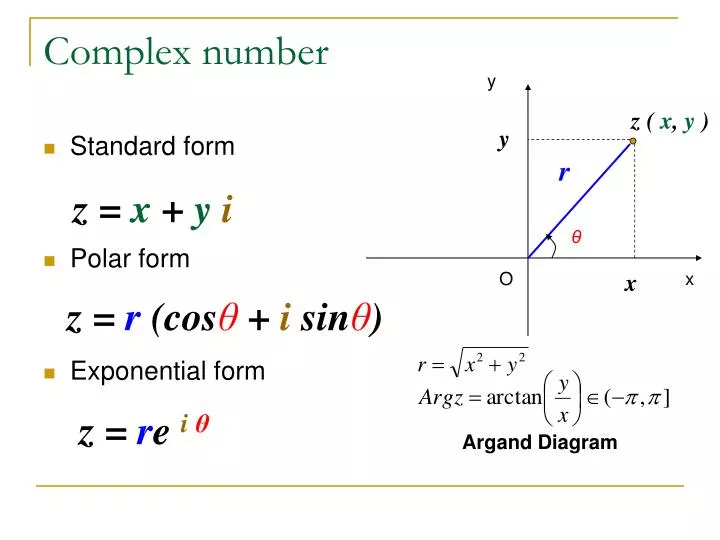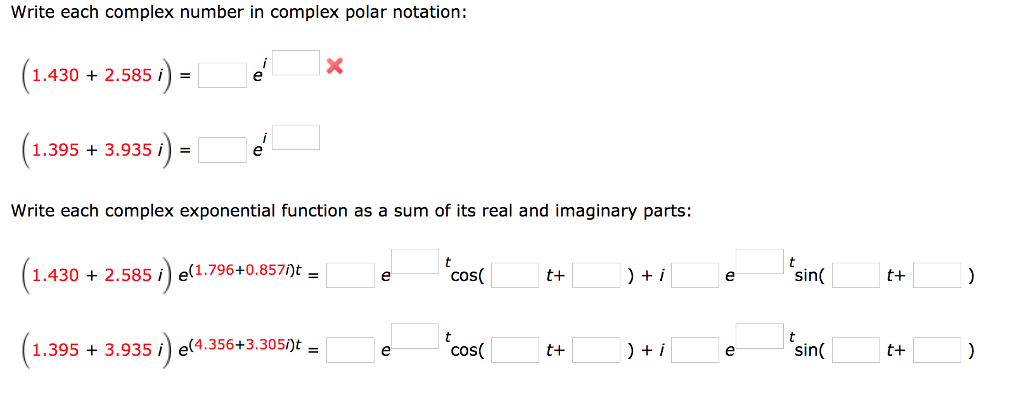

We will also show how TINA’s Interpreter makes it easy to do calculations with complex numbers.Ĭomplex numbers consist of two parts, a real part(x ), which is a real number, and a so called imaginary part (y), which is a real number multiplied by, the imaginary unit. In this chapter, we will summarize the principal facts about complex numbers and their operations. Phasors are based on the properties of complex numbers, which are ideal for representing sinusoidal quantities. To handle sinusoidal waveforms and the circuits associated with them, we will use a simple and elegant method called the method of phasors. It is also the basis for many electronics, telecommunication, and industrial applications. The importance of AC voltage is that this kind of voltage is used for the main electric power source in homes and industry throughout the world.

The name alternating current is not very precise and normally covers circuits with sinusoidal voltages and currents however, alternating current can also mean any arbitrary current waveform. Parametric equations will also be used to investigate projectile motion.In this and the following chapters, we will present a very important topic: AC, or Alternating Current. We will use TI-Nspire™ CX tools such as parametric equations to represent position vectors, investigate vector calculus and circular motion. Converting to polar and rectangular coordinates, finding the angle between two vectors, vector equations and planes will also be investigated. We will review the use of TI-Nspire™ CX tools for determining unit vectors, dot products and cross products. The use of the TI-Nspire™ CX tools using augmented matrices for solving systems of equations will also be investigated. We will review the use of Dominance matrices and Leslie matrices. Determinants and inverses will also be investigated. We will review solving simultaneous equations with two or more variables using TI-Nspire™ CX tools such as linsolve as well as using matrix tools to solve simultaneous equations. Roots of complex numbers and roots of unity will also be investigated. Factorization and roots of polynomials will be invested using the complex number TI-Nspire™ CX tools.

We will review techniques using complex numbers for solving quadratic equations and other higher order polynomials. Parametric equations will also be used to model De Moivre’s theorem.ġ4th April (11:30am) Complex Numbers Part 2 We will review properties of complex numbers using the TI-Nspire™ CX tools including modulus, conjugate, multiplication and division, polar and cartesian form and De Moivre’s theorem. Students will have the opportunity to ask the presenter questions and will receive a revision worksheet to practice concepts covered in each webinar. This program has been developed to assist students consolidate Term 1 concepts, whilst also demonstrating how their TI-Nspire™ CAS technology can assist in efficiently answering exam style questions.


 0 kommentar(er)
0 kommentar(er)
